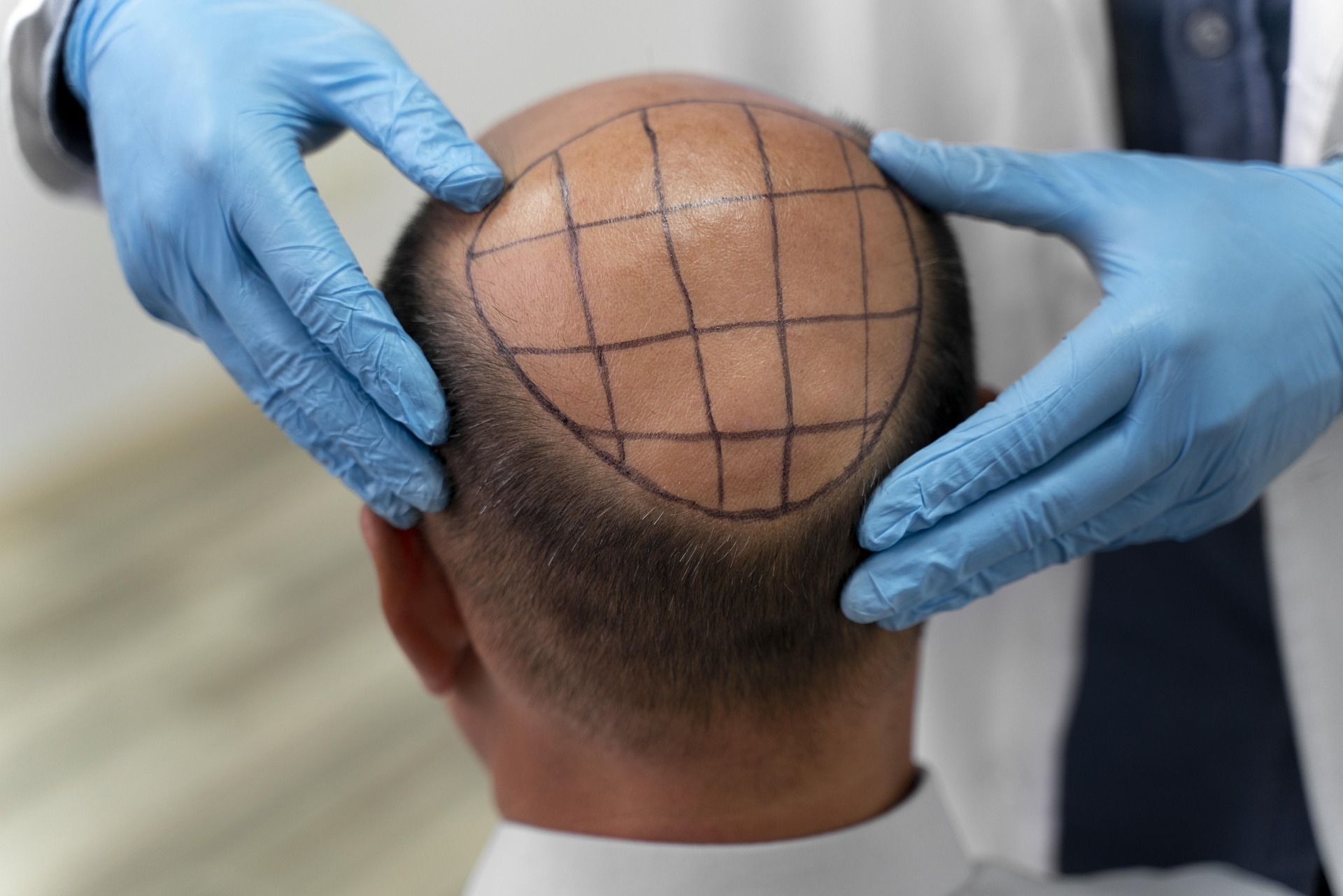Fat loss without surgery: what are your options in 2025?
Looking to reduce stubborn fat without going under the knife? In 2025, non-surgical treatments are more advanced and accessible than ever. From fat-freezing to laser and ultrasound therapies, this guide walks you through the most effective options, what results to expect, and a realistic view of costs—helping you choose the approach that fits your goals.

How does non-surgical fat removal work?
Non-surgical fat removal techniques generally work by targeting fat cells with various forms of energy or cold temperatures. These methods aim to disrupt the fat cell membranes, causing them to break down and be naturally eliminated by the body’s lymphatic system. Unlike surgical procedures, these treatments are typically non-invasive or minimally invasive, often requiring little to no downtime.
What are the available non-surgical fat reduction methods?
Several non-surgical fat reduction methods have gained popularity and continue to be refined:
-
Cryolipolysis: This technique, commonly known as “fat freezing,” uses controlled cooling to target and crystallize fat cells, which are then naturally eliminated by the body over time.
-
Radiofrequency: This method employs radiofrequency energy to heat fat cells, causing them to break down and be removed through natural metabolic processes.
-
Ultrasound: High-intensity focused ultrasound (HIFU) technology delivers concentrated sound waves to destroy fat cells in specific areas.
-
Injection lipolysis: This involves injecting a solution directly into fat deposits to break down and dissolve the fat cells.
-
Laser lipolysis: Low-level laser therapy is used to create small pores in fat cells, allowing the fat to leak out and be metabolized by the body.
What results can you expect from non-surgical treatments?
Results from non-surgical fat removal treatments can vary depending on the individual and the specific method used. Generally, patients can expect a reduction in fat in the treated areas, with improvements becoming noticeable within a few weeks to a few months after treatment. It’s important to note that these procedures are designed for spot reduction of stubborn fat and are not intended as weight loss solutions.
Typically, patients may see a 20-25% reduction in fat in the treated area after a single session, though multiple treatments may be necessary for optimal results. The effects are usually long-lasting, provided the patient maintains a stable weight through proper diet and exercise.
How much do non-surgical fat removal treatments cost?
The cost of non-surgical fat removal treatments can vary widely depending on the specific procedure, the area being treated, the number of sessions required, and the geographic location of the provider. Here’s a general overview of cost ranges for some popular treatments:
| Treatment | Provider Type | Cost Estimation (per session) |
|---|---|---|
| Cryolipolysis | Medical Spa/Clinic | $600 - $1,500 |
| Radiofrequency | Dermatologist/Plastic Surgeon | $1,000 - $4,000 |
| Ultrasound | Medical Spa/Clinic | $1,500 - $3,000 |
| Injection Lipolysis | Cosmetic Physician | $800 - $1,500 |
| Laser Lipolysis | Dermatologist/Plastic Surgeon | $1,500 - $5,000 |
Prices, rates, or cost estimates mentioned in this article are based on the latest available information but may change over time. Independent research is advised before making financial decisions.
It’s important to note that multiple sessions may be recommended for optimal results, which can increase the overall cost of treatment. Additionally, some providers may offer package deals or financing options to make treatments more accessible.
What factors influence treatment success?
Several factors can impact the success of non-surgical fat removal treatments:
-
Patient selection: Ideal candidates are typically those close to their target weight with localized areas of stubborn fat.
-
Treatment area: Some areas of the body respond better to certain treatments than others.
-
Number of sessions: Multiple treatments may be necessary to achieve desired results.
-
Lifestyle habits: Maintaining a healthy diet and exercise routine can enhance and prolong treatment outcomes.
-
Technology and provider expertise: The quality of the equipment used and the skill of the practitioner can significantly influence results.
-
Individual physiology: Each person’s body may respond differently to treatments based on factors such as age, skin elasticity, and metabolism.
As non-surgical fat removal techniques continue to advance, it’s crucial to consult with a qualified healthcare professional to determine the most appropriate treatment plan for your individual needs and goals. While these methods offer promising alternatives to surgery, they are not suitable for everyone, and realistic expectations should be maintained regarding the potential outcomes.
This article is for informational purposes only and should not be considered medical advice. Please consult a qualified healthcare professional for personalized guidance and treatment.




